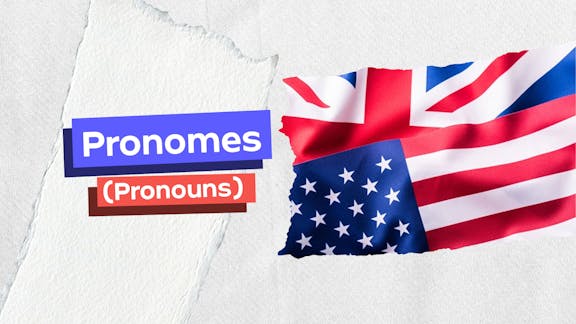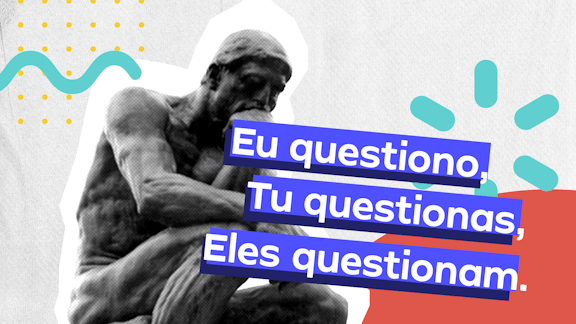In the last paragraph of the text above, the expression “At
the dawn” means:
TEXT I‘500 Years of Brazil’s Discovery’ By GAIL FINEBERG
Our territory was already inhabited before 1500 A.D., by a
large population, estimated in the 1500s at 3 million Indians,
with their own communal organization and traditions. The encounter occurred on April 22, 1500, when Pedro
Álvares Cabral, commander of a Portuguese armada, sighted
the South American mainland and staked a claim for Portugal. The encounter occurred on April 22, 1500, when Pedro
Álvares Cabral, commander of a Portuguese armada, sighted
the South American mainland and staked a claim for Portugal. The Portuguese found Brazil attractive, as did the French,
Dutch and Spanish. The first agreement between Spain and
Portugal on frontiers was not reached until 1750. The Jesuits were enterprising, and their missionary efforts
spread throughout the country between 1625 and 1759. The religious influence was responsible for an extraordinarily
beautiful Brazilian baroque architecture. Thoughts of independence began to take root in the late
18th century. Revolutionary events in Europe had a profound
effect on Brazil. Napoleon’s invasion of Portugal prompted the
Portuguese prince regent, Dom João, to move the Portuguese
court to Brazil in 1808. Brazil matured quickly as the seat of the Portuguese empire.
The prince opened Brazilian ports to trade with friendly
nations, including Great Britain, and also government offices
in Rio de Janeiro, a supreme court, a bank, the royal treasury,
mint, printing office, a national library with holdings from the
Portuguese National Library and other academic institutions. With the death of Portugal’s queen, Maria I, in 1816, the
regent became King João VI. He returned to Portugal in 1821
to contain a revolution there and appointed his son, Dom
Pedro, as regent in Brazil. Dom Pedro refused orders a few
months later to return to Lisbon, established a legislative
assembly in São Paulo and proclaimed Brazil’s independence
from Portugal on Sept. 7, 1822. Dom Pedro I was crowned emperor in 1822, but after a
troubled reign marked by conflict with the assembly, he
abdicated in favor of 5-year- old Dom Pedro de Alcântara in
1831. For the next nine years, Brazil seethed with civil unrest
until both houses of parliament declared the young regent
had reached majority in 1840. The Brazilian Empire lasted to
1889. Dom Pedro II proved to be an enlightened leader. Brazil
grew and prospered under his reign, and the country enjoyed
a great deal of stability. (The country’s population grew from 4
million to 14 million; railroads built 5,000 miles of track; and
public revenues and products multiplied.) However, support
for a republic grew, and the empire finally collapsed in 1889,
when the royal family went to exile in Europe. The country’s 19th century economy relied on slave-based
agriculture. Slave trade with Africa did not cease until 1853.
At the dawn of the 21st century, Brazil, with an economy
that is the eighth largest in the world, is a contributor of music, painting, literature and other arts to the world’s culture.
https://www.loc.gov/loc/lcib/0006/brazil.html
Gabarito comentado
Tema central da questão:
Esta questão aborda a interpretação de uma expressão idiomática em inglês – “At the dawn of the 21st century” – utilizada no último parágrafo do texto. Para ter sucesso nesse tipo de questão, você precisa entender o sentido figurado das palavras e como elas são aplicadas em contextos históricos ou descritivos.
Conceito essencial:
A palavra “dawn” significa “amanhecer”, ou seja, o começo de um novo dia. Quando usada em contextos históricos, como “At the dawn of the 21st century”, a expressão indica o início de algo – neste caso, o início do século XXI.
Justificativa da alternativa correta (A):
A alternativa A) At the beginning of the 21st century, Brazil… está correta pois traduz adequadamente o sentido de “at the dawn” como “no início”. A interpretação literal e figurada da expressão confirmam isso. Trata-se, portanto, de uma questão de associação de vocabulário e contexto textual.
Análise crítica das alternativas incorretas:
B) “At the end” – Significa “no fim”, oposto de “dawn”;
C) “At the sunset” – “Sunset” é “pôr do sol”, usado figurativamente para indicar o encerramento ou o final de períodos, não o começo;
D) “At the middle” – “No meio”, diferente de “início”;
E) “At the odds and ends” – Expressão pouco usada e fora de contexto; não indica começo a nenhum momento.
Estratégias de interpretação:
Fique atento a expressões idiomáticas e as traduções literais que podem induzir ao erro. Termos como “sunset” e “end” costumam confundir quem associa apenas à ideia de ciclos, sem uma análise figurada.
A dica é: sempre relacione a palavra com imagens mentais; “dawn” evoca o começo da luz, e não o final.
Além disso, evite “chutes”, buscando pelo sentido mais comum e lógico no contexto do texto.
Resumo: “At the dawn of the 21st century” = Início do século XXI. Portanto, a alternativa correta é A.
Gostou do comentário? Deixe sua avaliação aqui embaixo!






